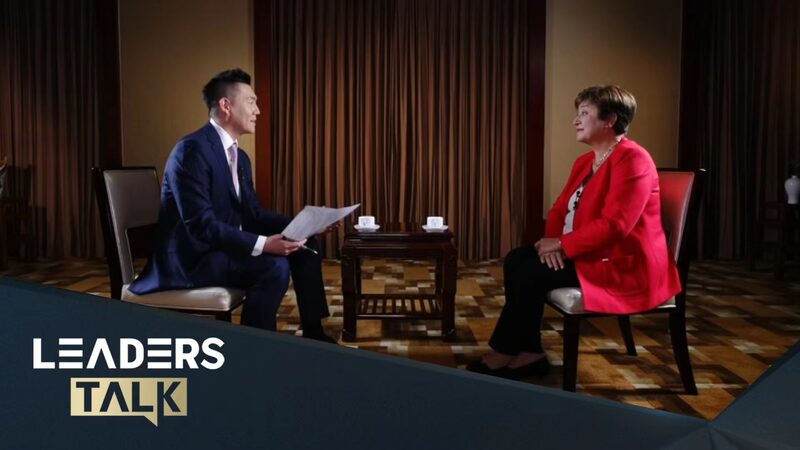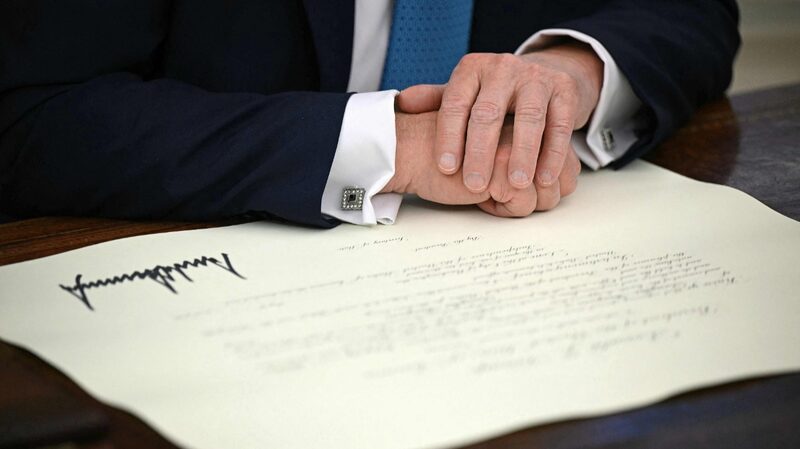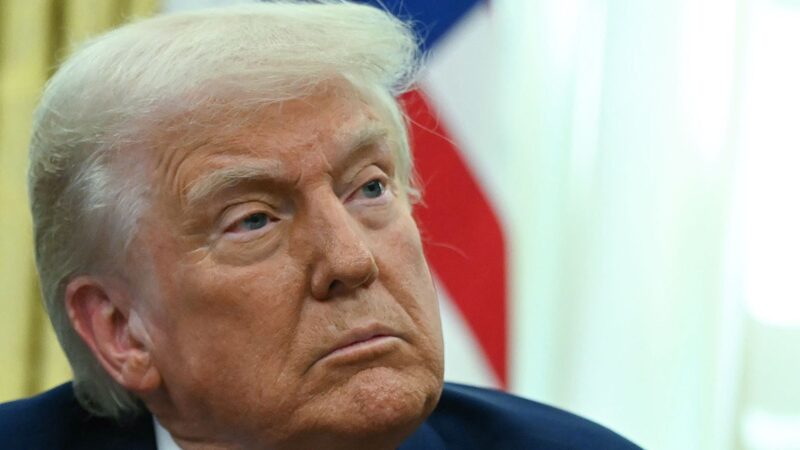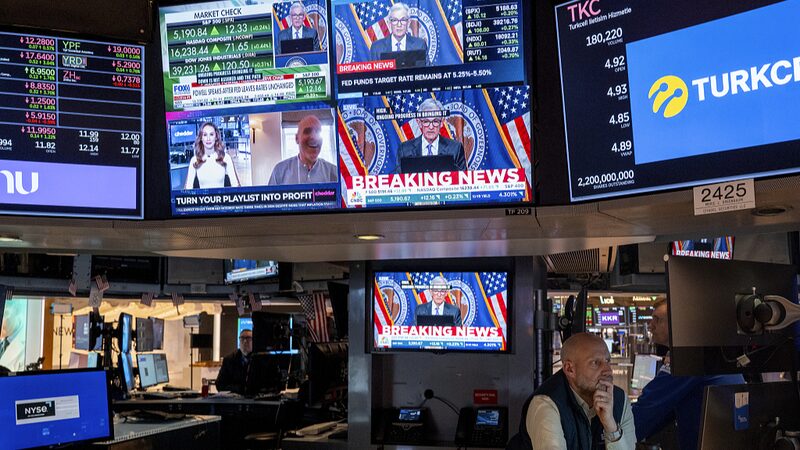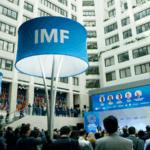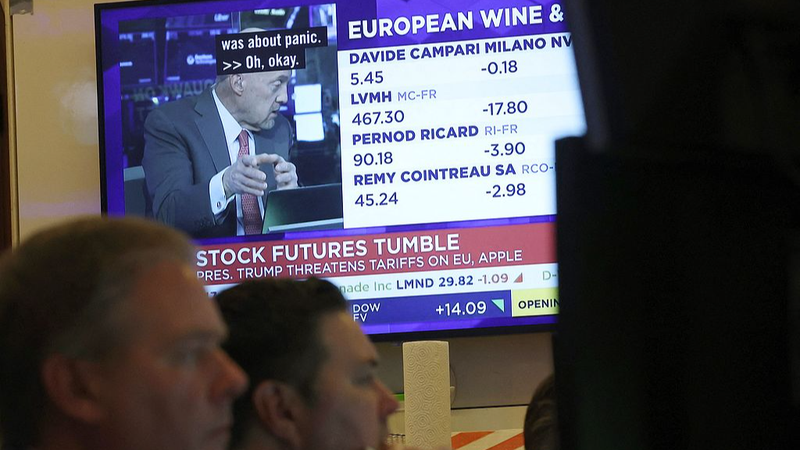Recent tariff hikes by former U.S. President Donald Trump have sent shockwaves through emerging economies, with analysts warning of cascading effects on currencies, debt sustainability, and political stability across the Global South. The measures target over a dozen nations including Bangladesh, Brazil, and South Africa, imposing duties of up to 50% on key exports ranging from garments to minerals.
The August 7 implementation date leaves affected countries scrambling to address immediate risks. Economists highlight a dual threat: reduced export earnings could weaken local currencies while dollar-denominated debt becomes costlier to service. Nations like Pakistan and Ghana – already navigating IMF bailout programs – face heightened inflation risks as import costs rise.
Behind the trade figures lies a geopolitical chess match. Observers note the tariffs disproportionately target nations maintaining neutral or divergent positions from U.S. foreign policy priorities. "This isn't just about trade balances," says a Bangkok-based trade analyst. "It's economic statecraft aimed at reshaping alliances."
With traditional export markets constrained, Global South leaders are exploring alternatives. Regional trade pacts and South-South cooperation mechanisms have gained renewed attention, while some nations eye opportunities in Asian markets like China and ASEAN countries. However, experts caution that reorienting trade relationships requires time these economies may not have.
The coming months will test the resilience of export-dependent nations as they balance short-term stabilization measures with long-term strategic realignments. For businesses and investors, the tariff moves underscore the growing importance of supply chain diversification in an era of economic nationalism.
Reference(s):
cgtn.com


